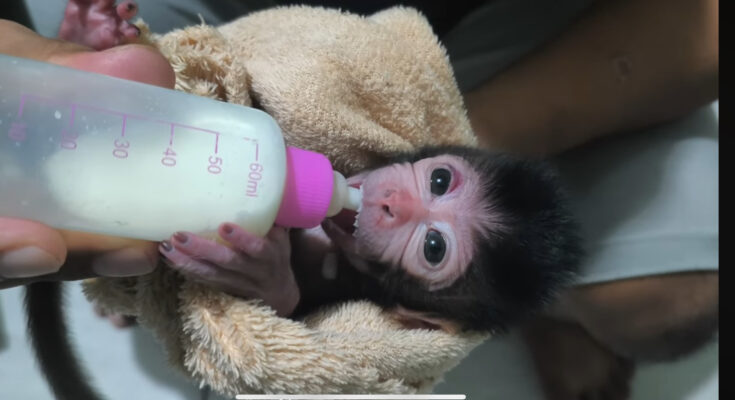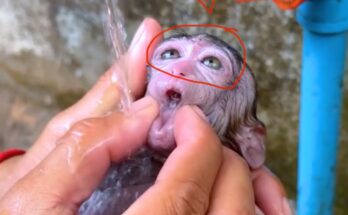Monkeys, like humans, are vulnerable to a wide range of health conditions, and one area often overlooked is their eye health. In recent years, researchers and wildlife veterinarians have observed a troubling trend: an increase in eye problems in monkey populations, often linked to viral infections. These viral agents can cause anything from mild irritation to severe vision impairment and even blindness, posing a serious threat to both captive and wild monkeys.
Viral Infections and Ocular Health
Viruses are one of the leading causes of infectious eye diseases in monkeys. Similar to humans, monkeys can contract various viruses that directly affect ocular tissues. These viruses can be naturally occurring in the environment or can spread through close contact within monkey troops or between monkeys and humans.
Some of the most commonly implicated viruses include:
- Herpes B virus (Cercopithecine herpesvirus 1) – While often harmless in macaques, it can cause conjunctivitis and keratitis (corneal inflammation).
- Adenoviruses – These can cause epidemic keratoconjunctivitis in both humans and non-human primates.
- Measles virus (in susceptible species) – Can lead to conjunctivitis and, in some cases, more systemic infections that also affect the eyes.
- Simian immunodeficiency virus (SIV) – Related to HIV, SIV can cause opportunistic infections and retinopathy in advanced stages.
Symptoms to Watch For
Eye problems caused by viruses in monkeys can manifest in several ways. The most common symptoms include:
- Redness and swelling of the conjunctiva (pink eye)
- Discharge from the eyes
- Cloudiness or ulceration on the cornea
- Excessive tearing or squinting
- Vision loss or behavioral signs of poor sight (e.g., bumping into objects)
These symptoms can resemble bacterial infections or non-infectious conditions, which makes accurate diagnosis critical.
Why This Matters
Viral eye diseases in monkeys are not just a veterinary concern — they have broader implications. In research settings, eye infections can compromise the welfare of laboratory monkeys and potentially skew scientific results. In the wild, visually impaired monkeys may struggle to forage, evade predators, or maintain social bonds, affecting troop dynamics and survival.
Moreover, some of these viruses, like Herpes B, are zoonotic, meaning they can spread from monkeys to humans. Although rare, human infections with Herpes B are often fatal, emphasizing the need for stringent safety protocols in environments where humans interact with monkeys.
Prevention and Management
Controlling the spread of viral eye infections in monkeys involves several strategies:
- Good hygiene practices in captive settings to reduce transmission
- Routine health checks to detect early signs of infection
- Vaccination programs, where applicable
- Isolation of infected individuals to prevent outbreaks
- Public awareness in areas where human-monkey interactions are common
Conclusion
Eye problems in monkeys caused by viruses represent a growing concern in primate health. With increasing human-monkey interactions in both urban and research environments, understanding and managing these viral threats is essential. Continued research, conservation efforts, and public education will play key roles in protecting the eye health of our closest animal relatives.



